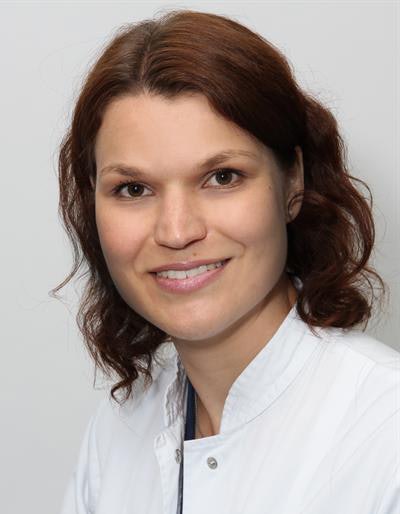
Working with PET/MRI can be complex and time-consuming, but a group of German clinicians has embraced the hybrid modality by adjusting protocols and imaging sequences to greatly reduce scan times and improve the patient experience.
For researchers at University Hospital Tübingen, their efforts resulted in double-digit decreases in average scan time for all patients, including pediatric patients who can be especially anxious during their procedures.
"By optimizing examination protocols, PET/MRI scan times can be reduced, potentially increasing patient comfort and patient compliance, which is particularly important when examining children," said lead researcher Dr. Regine Perl, who presented the results at RSNA 2018 in Chicago.
PET/MRI debut
Since PET/MRI technology made its debut a decade ago, clinicians and radiologists have observed firsthand its capabilities, along with the need to improvise, to some degree, to advance clinical applications. University Hospital Tübingen was one of the first facilities in the world to install a full-body PET/MRI system (Biograph mMR, Siemens Healthineers), so the staff had the opportunity to experience some of the technology's nuances in its early deployment.
 Dr. Regine Perl of the University Hospital Tübingen.
Dr. Regine Perl of the University Hospital Tübingen."One challenge was the MR-based PET attenuation correction, which was not solved in a satisfying way at the beginning," Perl told AuntMinnieEurope.com. "This challenge could be solved by an MR-based PET attenuation correction procedure using a T1-weighted dual-echo Dixon sequence with subsequent segmentation of fat and water tissue and addition of bone structures using an underlying atlas."
By doing so, the clinicians also found that PET quantification became more accurate in the vicinity of skeletal structures.
Another challenge was the implementation of MR-based PET motion correction to reduce the need for patients to hold their breath for long periods of time. By using radial volumetric interpolated breath-hold examination (VIBE) imaging during free breathing, clinicians could greatly improve image quality in patients with shortness of breath, compared with conventional breath-hold VIBE acquisitions.
Room for improvement
So, after seven years of using PET/MRI, Perl and her colleagues decided it was time to review how the protocols have changed over that time, how they affected clinician performance, and where there could be room for improvement at the facility.
For this study, Perl and colleagues analyzed 1,797 clinical PET/MRI scans between January 2013 and December 2017, which included 1,004 adult studies, 278 pediatric studies, and 515 brain studies. Among the variables accounted for, the researchers recorded total examination times per patients and the number of images that were generated per scan. PET/MRI protocols also were adjusted according to available optimal settings during the study period.
Over the course of the five years, Perl and colleagues achieved a statistically significant 12% reduction in average exam time and a 13% reduction in pediatric scan times. With the implementation of the key sequences and protocols, the clinicians also acquired 37% more images from their more recent PET/MRI scans.
| Improvements in PET/MRI performance | |||
| January 2013 | December 2017 | p-value* | |
| Average scan time | 75.7 min | 66.6 min | < 0.05 |
| Pediatric scan time | 96.8 min | 84.0 | < 0.05 |
| Images per scan | 2,697 | 3,696 | < 0.01 |
"Examination times could be reduced by introducing advanced imaging techniques, such as the CAIPIRINHA [controlled aliasing in parallel imaging results in higher acceleration] acceleration sequence, or the introduction of simultaneous multislice technology," Perl noted. "On the other hand, improvements in the PET/MRI workflow have contributed to a faster examination process."
For example, the researchers found that time for the attenuation correction Dixon VIBE sequence could be reduced from 18 seconds to 13 seconds per bed position, while simultaneously improving image resolution and quality. The shorter times can be particularly important for imaging impatient pediatric patients and still producing image data for both attenuation correction and diagnoses.
Even with these advances, Perl and colleagues plan to continue their work to further optimize examination protocols and processes for PET/MRI scan time and workflow improvements.
"One goal is to further reduce investigation times," she added. "Under good conditions, we are already able to perform a whole-body PET/MRI exam in 50 minutes. Therefore, an average examination time of about 60 minutes for adults would be a good target for the near future."



















